Sesión ordinaria 12-03 y taller del CCPC: «Aminorar la vulnerabilidad de los ecosistemas y responder a necesidades de las comunidades: información y herramientas para la acción en América del Norte»
Mérida, Yucatán, México
Fiesta Americana Mérida
Paseo de Montejo 451,
colonia Centro, 97000
México
13 y 14 de diciembre de 2012
Público
Los ecosistemas de América del Norte sufren presiones enormes: el cambio climático, la contaminación emitida al aire y el agua, el consumo excesivo de recursos naturales... Esta presión ambiental ha provocado que una gran cantidad de ecosistemas se hayan vuelto vulnerables a cambios irreversibles, con efectos directos en las comunidades humanas a las que sustentan. En este taller se examinará en detalle qué hace que los ecosistemas y nuestras comunidades se tornen vulnerables a un medio ambiente en constante cambio, y se ubicarán los lugares donde las amenazas son mayores en América del Norte. Los participantes podrán aplicar directamente una gama de herramientas novedosas para evaluar la vulnerabilidad, cartografiar los cambios y factores de presión ambiental, y mejorar la salud de comunidades humanas vulnerables. Asimismo, trabajando con expertos en ecosistemas y con los miembros del CCPC, identificarán acciones mediante las cuales personas, comunidades y gobiernos pueden mejorar estas herramientas y difundirlas ampliamente, sobre todo en las comunidades rurales e indígenas más afectadas por el cambio climático.
- Acta de la reunión – Sesión ordinaria 12-03 — Aminorar la vulnerabilidad de los ecosistemas y responder a necesidades de las comunidades: información y herramientas para la acción en América del Norte
- Recomendación al Consejo 13-01 — Productos de los talleres del CCPC en Nueva Orleans (julio de 2012) y Mérida (diciembre de 2012) sobre el fomento de las comunidades resilientes y la disminución de la vulnerabilidad de los ecosistemas en América del Norte.
Orden del día
Jueves 13 de diciembre de 2012
Salón Yucatán 1
Registro de participantes
Bienvenida y palabras introductorias
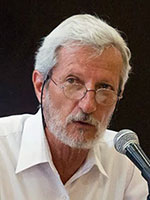
Eduardo Batllori Sampedro
Secretario de Desarrollo Urbano y Medio Ambiente del estado de Yucatán
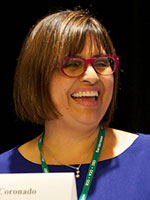
Irasema Coronado
Directora ejecutiva de la CCA
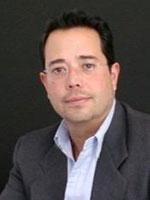
Martín Gutiérrez Lacayo
Presidente del CCPC para 2012
Presentation of objectives, methodology and participants
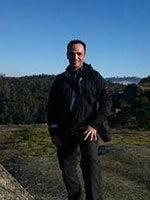
Francisco Padrón Gil
Director de la Iniciativa Mexicana de Aprendizaje de la Conservación (IMAC)
Conferencia magistral
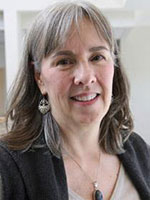
Elizabeth Smith
Directora adjunta nacional del Programa de Investigación sobre Comunidades y Ecosistemas Saludables (Sustainable and Healthy Communities Research Program) de la Agencia de Protección Ambiental (EPA) de Estados Unidos
Descargar la presentación
Segmento para preguntas y respuestas
Presentaciones: Consecuencias de la creciente vulnerabilidad de los ecosistemas en el sustento y la salud de comunidades de América del Norte
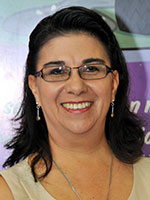
Evelia Rivera Arriaga
Secretaria de Medio Ambiente y Aprovechamiento Sustentable del estado de Campeche, México
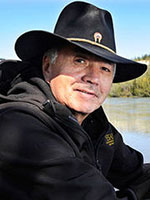
Chief Carl Sidney
Jefe tribal y presidente del consejo Teslin Tlingit de Yukón, Canadá
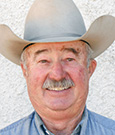
Albert W. Miller
Comisario, condado Jeff Davis, Estados Unidos
Receso
Diálogo entre panelistas y el público sobre sus percepciones en torno a la creciente vulnerabilidad de los ecosistemas y su impacto en el sustento y la salud de comunidades de América del Norte
Salones Yucatán 3 y 4
Almuerzo [cortesía]
Presentación: Marco para el desarrollo de capacidades orientadas a mejorar la salud de las comunidades vulnerables en América del Norte
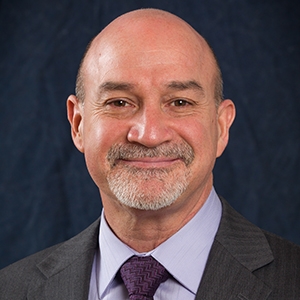
Orlando Cabrera
Gerente de programa, Calidad del Aire y RETC
Descargar la presentación
Segmento para preguntas y respuestas
Trabajo en grupo para retroalimentar el documento marco
- ¿Cuáles son las oportunidades y los medios más eficaces para distribuir el documento marco en toda América del Norte?
- ¿Cuáles son las aplicaciones potenciales (herramientas, guías, etc.) del marco estratégico para mejorar la salud ambiental en comunidades vulnerables?
- ¿Qué herramientas se requieren para aminorar la vulnerabilidad humana ante la contaminación por sustancias químicas?
- ¿Qué desafíos es probable se presenten en la creación de estas herramientas?
Receso
Ejercicio de grupo: Herramientas para cartografiar e identificar sistemas vulnerables (naturales y humanos) y estimar cambios futuros
Trabajo en grupo
- Zonas geográficas que sufren gran cantidad de cambios
- Factores que generan los cambios
- Factores que ya pueden medirse y factores para los que se necesitan datos
- Diversas maneras de integrar factores de presión ambiental y condiciones
- Medios para vislumbrar posibles condiciones futuras

Karen Richardson
Gerente de programa, Ecosistemas terrestres y marinos
Descargar la presentación
Recapitulación, por Francisco Padrón Gil
Recapitulación, por Francisco Padrón Gil
Trabajo en grupo: El objetivo principal de la sesión será formular propuestas de acción que contribuyan a fortalecer la capacidad de los habitantes de América del Norte para identificar ecosistemas y comunidades humanas vulnerables, incluida una evaluación del actual acceso a la información y de las necesidades de mejora dicho acceso. Las propuestas habrán de incluir acciones lo mismo para particulares que para gobiernos locales y federales.
Receso
Presentación de propuestas de acción, por relatores y el facilitador
Conclusiones, por el facilitador y el presidente del CCPC
Informe de representantes de los comités consultivos nacionales y gubernamentales (CCN y CNG)
Seguimiento del trabajo del CCPC y asuntos administrativos
- Elección del presidente del CCPC para 2013
- Prioridades del CCPC para 2013 y próximas reunionesv
Cierre de la sesión
Salones Yucatán 3 y 4
Almuerzo [cortesía]